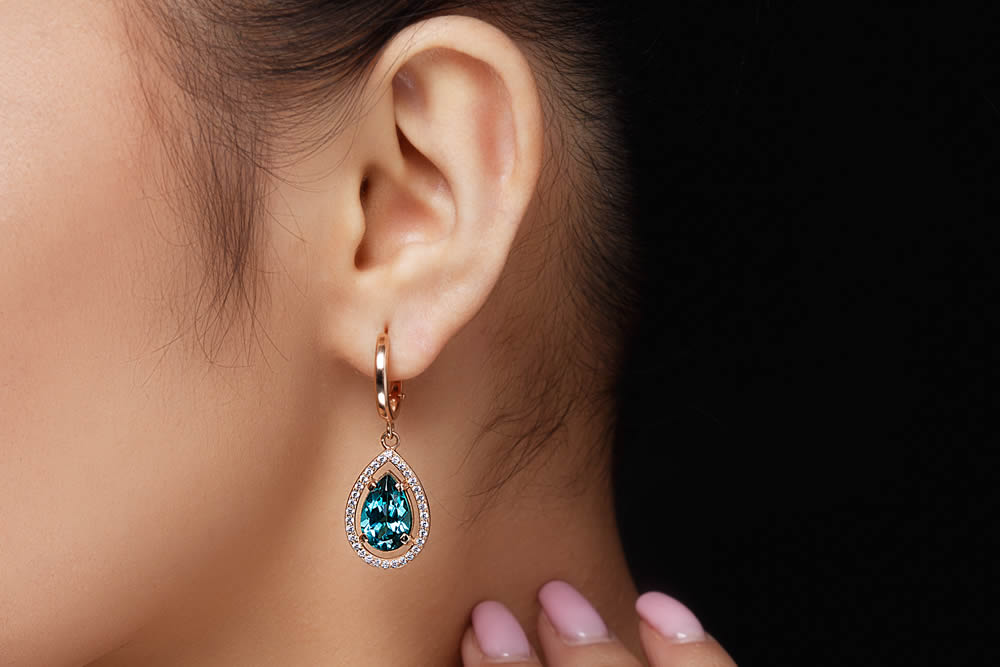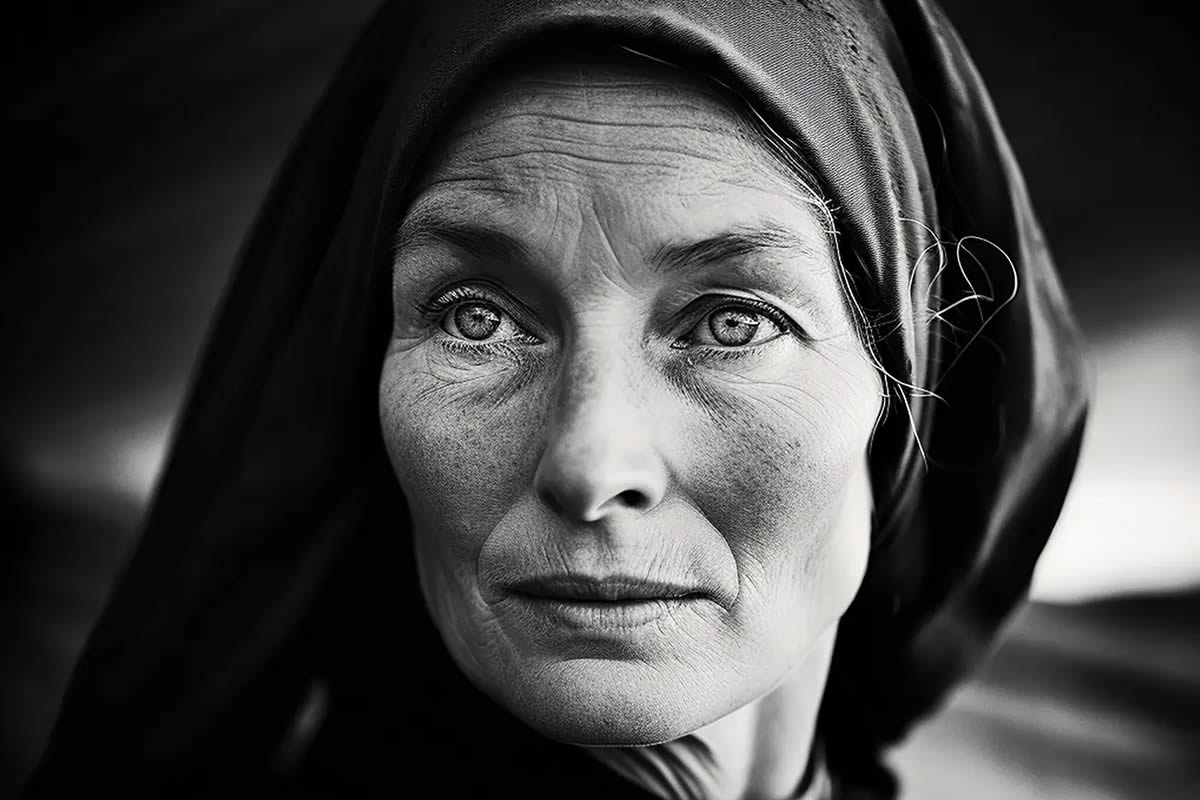You’re in the throes of capturing jewelry’s allure through your lens. Every piece tells a story, be it an heirloom ring or a cutting-edge necklace that embodies modern design. Yet, without mastering certain techniques, the tale those pieces tell might fall flat.
Here’s where understanding the interplay between light and shadow, color and clarity becomes crucial for any photographer looking to do justice to these miniature works of art.
So what does it take to photograph different types of jewelry with finesse? These dynamic tips and tricks will elevate your imagery from simply showcasing products to evoking emotion and desire – the essence of captivating photography.
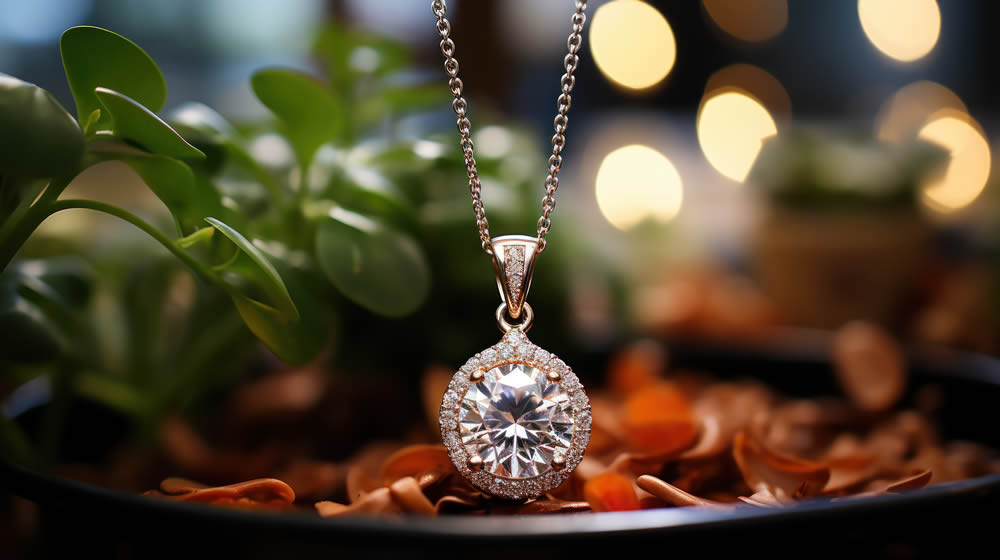
Mastering the Light: Illuminate Your Subject
Light is the lifeline of a jewelry photograph, illuminating intricate details and sparking life into every precious metal and gemstone. But not just any light will do; using it effectively requires precision and an understanding of how different materials react to light sources.
Harnessing Natural Light for Authenticity
Natural light, soft yet sufficient, can breathe authenticity into your images. It’s about capturing jewelry in a manner that reflects its everyday beauty, like a gold bracelet shimmering subtly on a wrist or the play of sunlight on a gemstone’s facets. To begin, position your piece near a window where diffused daylight can wrap around it, minimizing harsh shadows while accentuating depth and detail.
However, jewelry is reflective by nature; hence controlling glare is paramount. Experiment with angles to find the sweet spot where natural highlights enhance without overwhelming. A sheer curtain can work wonders as a diffuser, softening direct sunlight and offering you more control over these reflections.
Crafting Drama with Artificial Lighting
For those seeking command over every shadow cast and every highlight created, artificial lighting becomes essential. LED panels or ring lights are favorites amongst photographers for their uniform illumination and adjustable intensity.
Controlling reflections here is more about positioning than diffusion, so angle your lights side-on rather than straight ahead to avoid unwanted sparkles overpowering your shot. And don’t shy away from the dark; strategic use of shadows through side lighting can add volume and present an air of mysterious luxury.
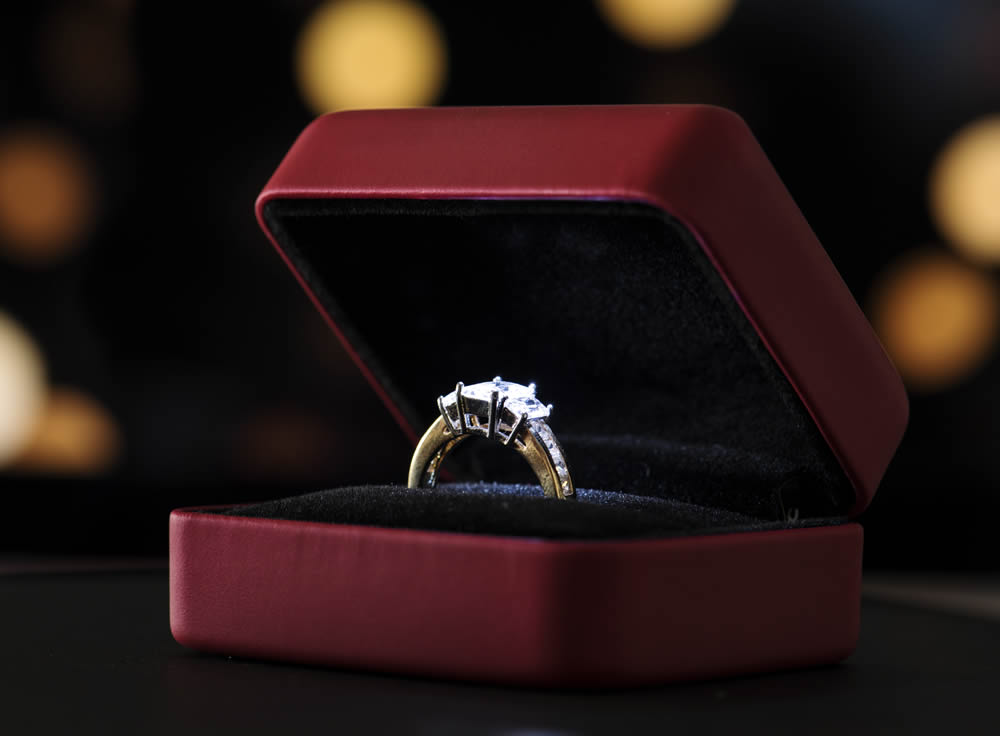
Captivating the Viewer: Important Touches in Jewelry Photography
Photography transforms static images into stories that pique curiosity and evoke emotions. The final touches you apply to your jewelry photographs can whisk viewers off on a visual journey, leaving them enchanted by stunning pieces like vintage-inspired cushion-cut rings.
Editing for symmetry, proportions, and polish enhances these aspects photographically while staying true to the actual excellence of the product.
In post-processing, be mindful about maintaining this authenticity. Adjust contrast subtly to enrich colors or clarify shadows without distorting reality. A delicate dance with saturation can make metals gleam and gemstones pop, which gives life to every facet.
The Color Palette: Choosing Backgrounds and Props
With the latest trends pointing towards sustainable jewelry photography, minimalism, and clean lines, plus innovative techniques like macro photography and 360-degree views, it’s clear that choosing the right background and props is more crucial than ever. It’s a delicate balance; the wrong choice can distract from the piece, while the perfect match can make it sing.
Embracing Sustainable Materials for Backdrops
Sustainability isn’t just a buzzword – it’s become an intrinsic part of how brands present themselves to consumers. As such, integrating eco-friendly materials into your backdrop selection can align your photographs with this ethos. Think repurposed woods, recycled papers, or natural stone – materials that convey an earthy authenticity while highlighting the jewelry without overpowering it.
Neutral tones tend to complement rather than compete with your subject matter. However, don’t hesitate to add textures for depth or subtle patterns that echo design cues in the jewelry itself. These nuanced details catch the viewer’s eye and keep them engaged.
Minimalism in Composition
Minimalism isn’t about stripping away life but distilling it to its purest forms – and when photographing jewelry, less is often more. Clean lines serve as a lighthouse guiding viewers straight toward your centerpiece – the jewelry itself.
Choosing props and backgrounds that advocate this minimalist approach involves a well-considered use of space where every element serves a purpose.
Whether you’re employing sleek surfaces or simple geometric shapes as holders for the jewelry, the interplay should always lead back to the main act. Keep your setups uncomplicated and let every line in the composition draw attention to the intricacy of the piece you’re photographing.
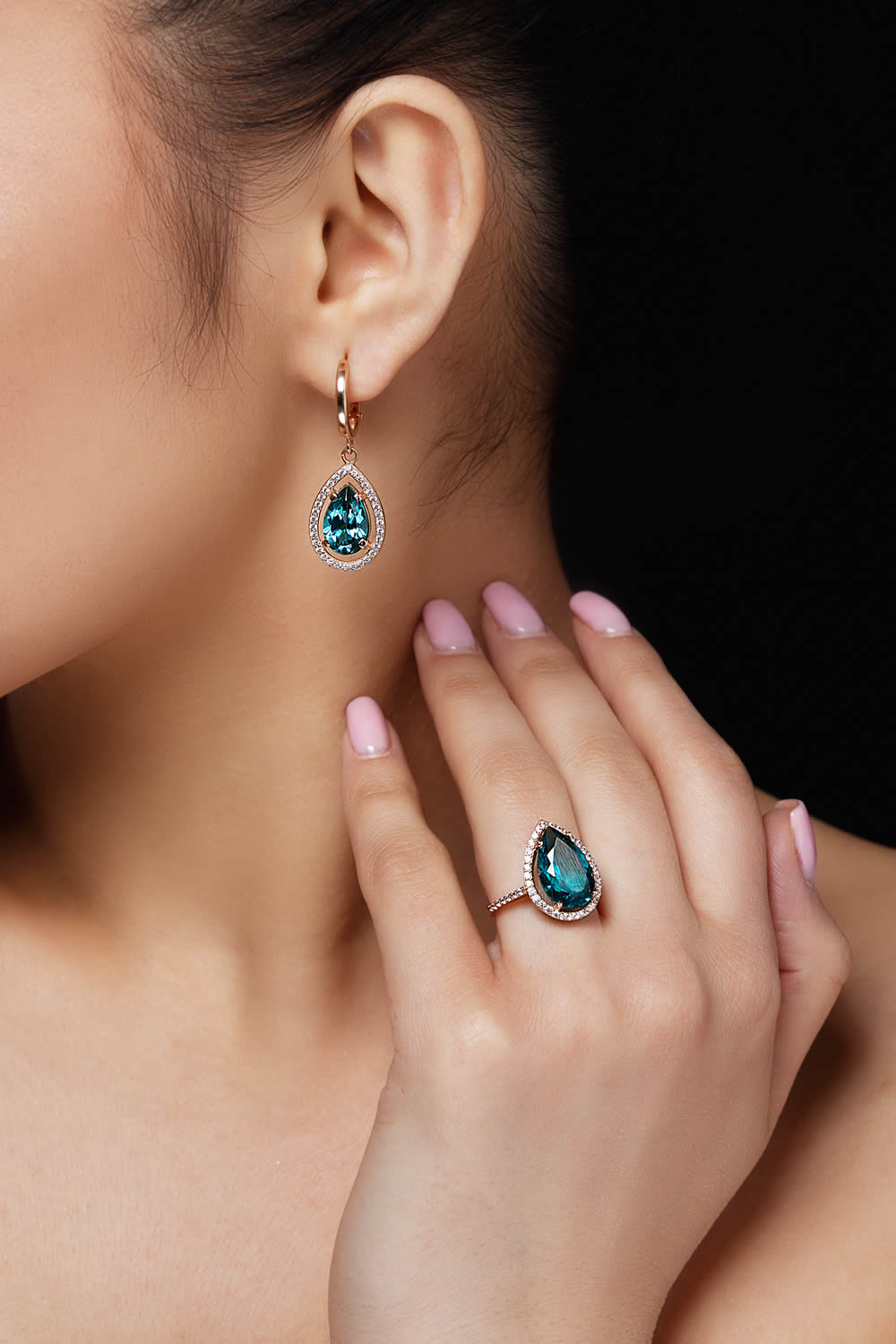
Innovating with Macro Photography and 360-Degree Views
Macro photography allows us to marvel at details usually unseen by the naked eye – and when it comes to jewelry, this can create a mesmerizing effect. The trend toward capturing high-resolution close-ups demands precision but pays dividends by showcasing craftsmanship and quality.
Coupled with macro work, 360-degree views are revolutionizing jewelry photography. They provide an immersive experience that static images can’t match. For a 360-degree shoot, ensure your background is consistent all around, and this might mean shooting on a turntable set against a neutral-toned sweep of fabric or paper that curves up into a seamless backdrop.

